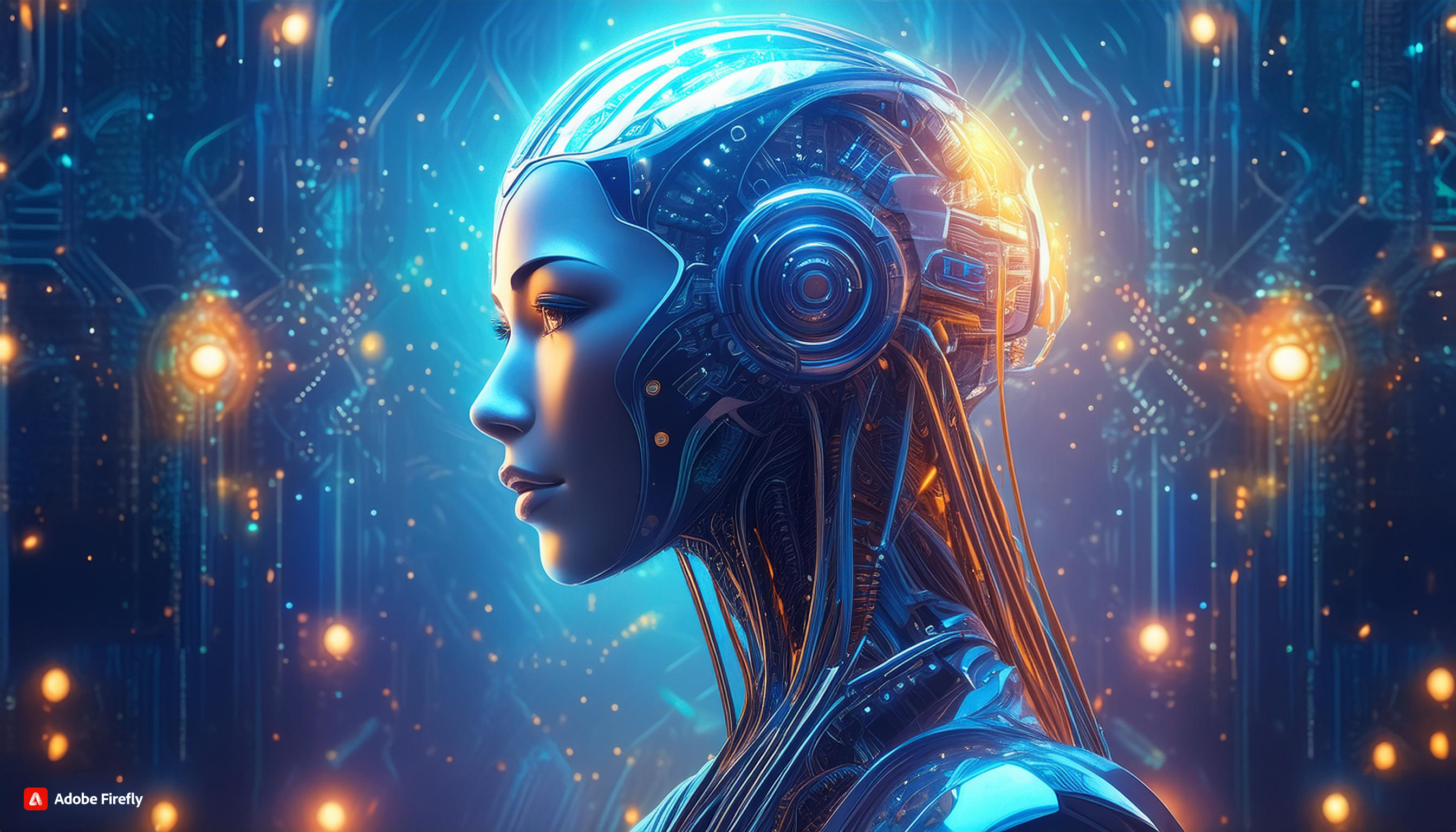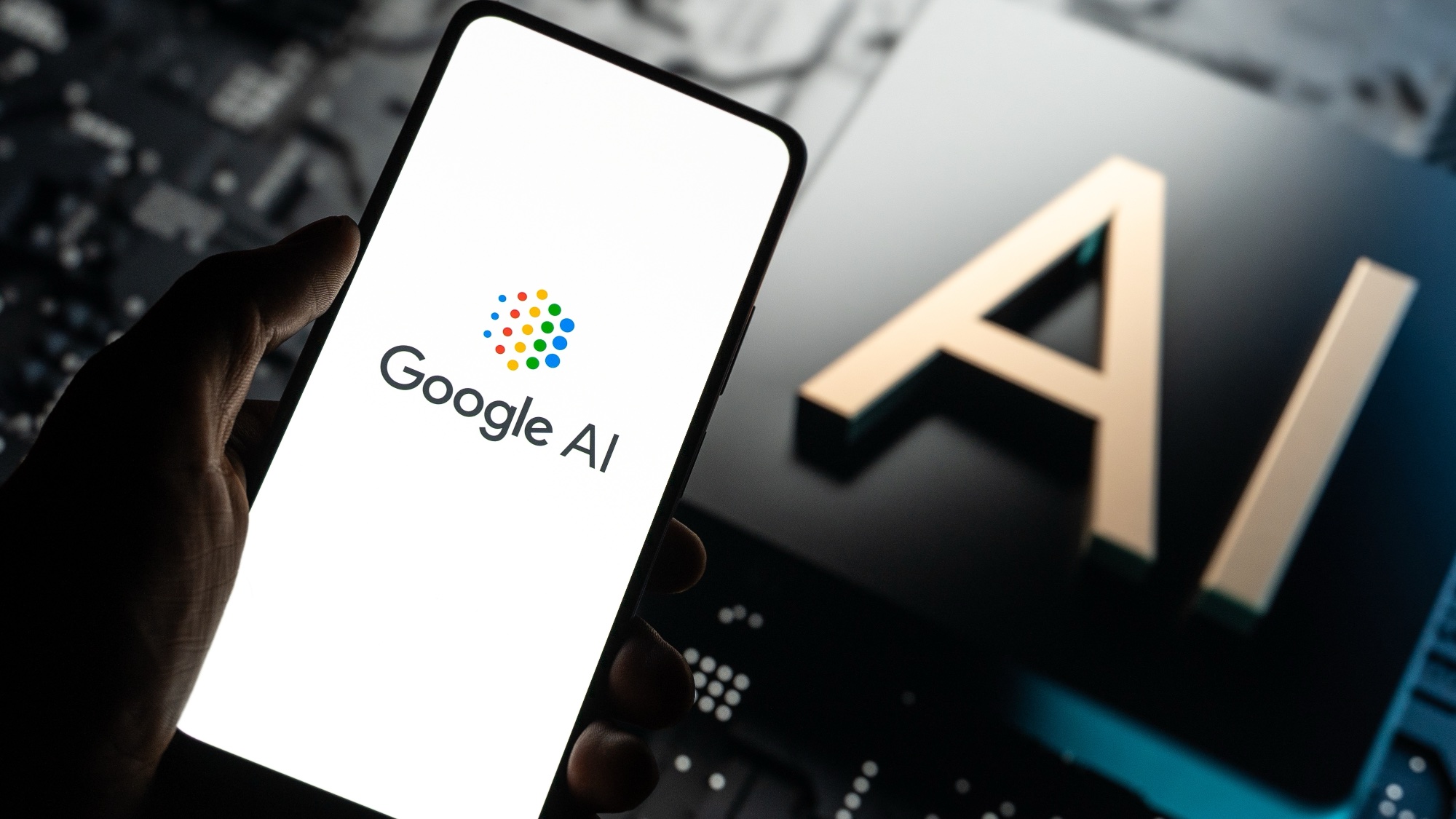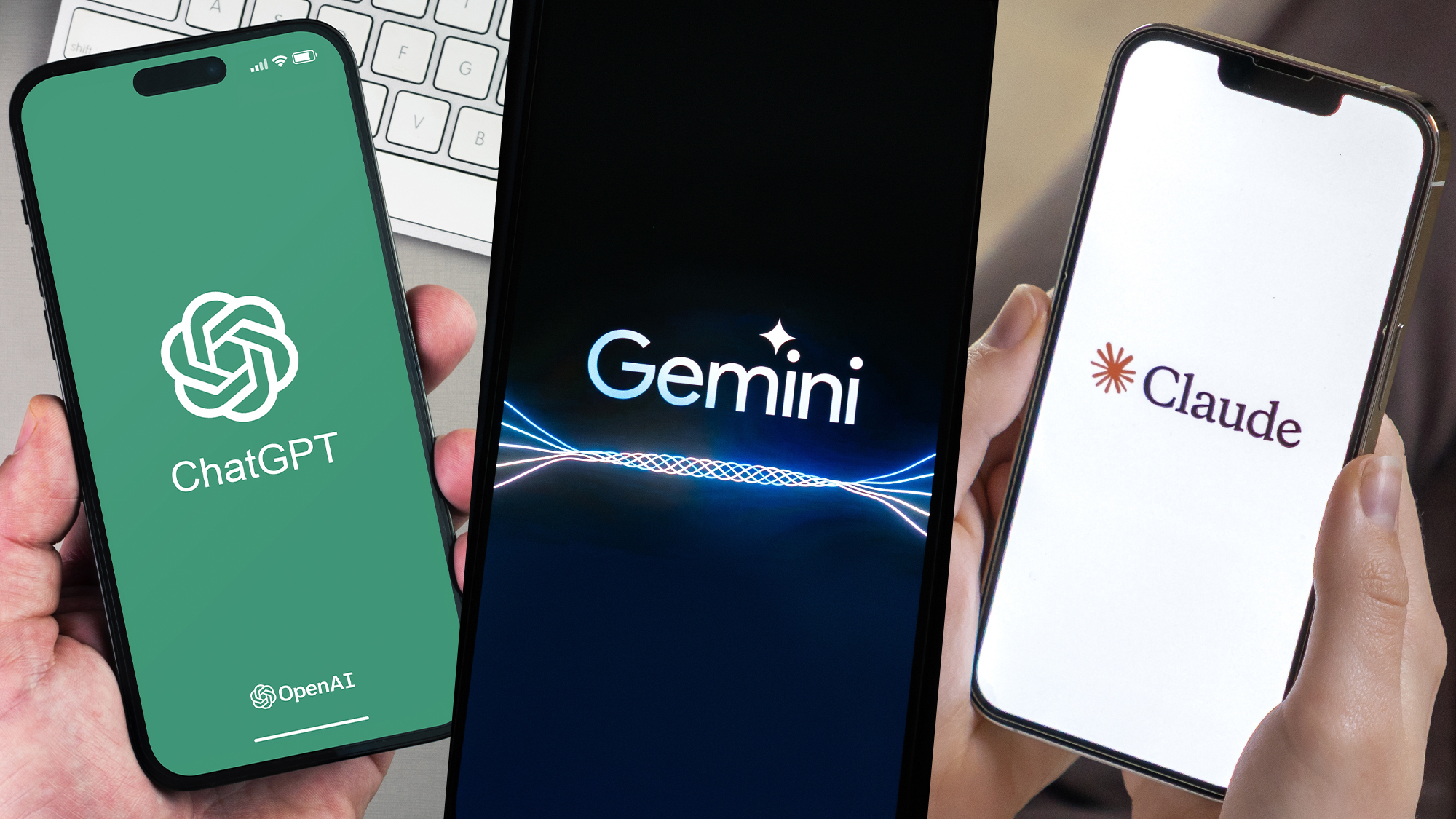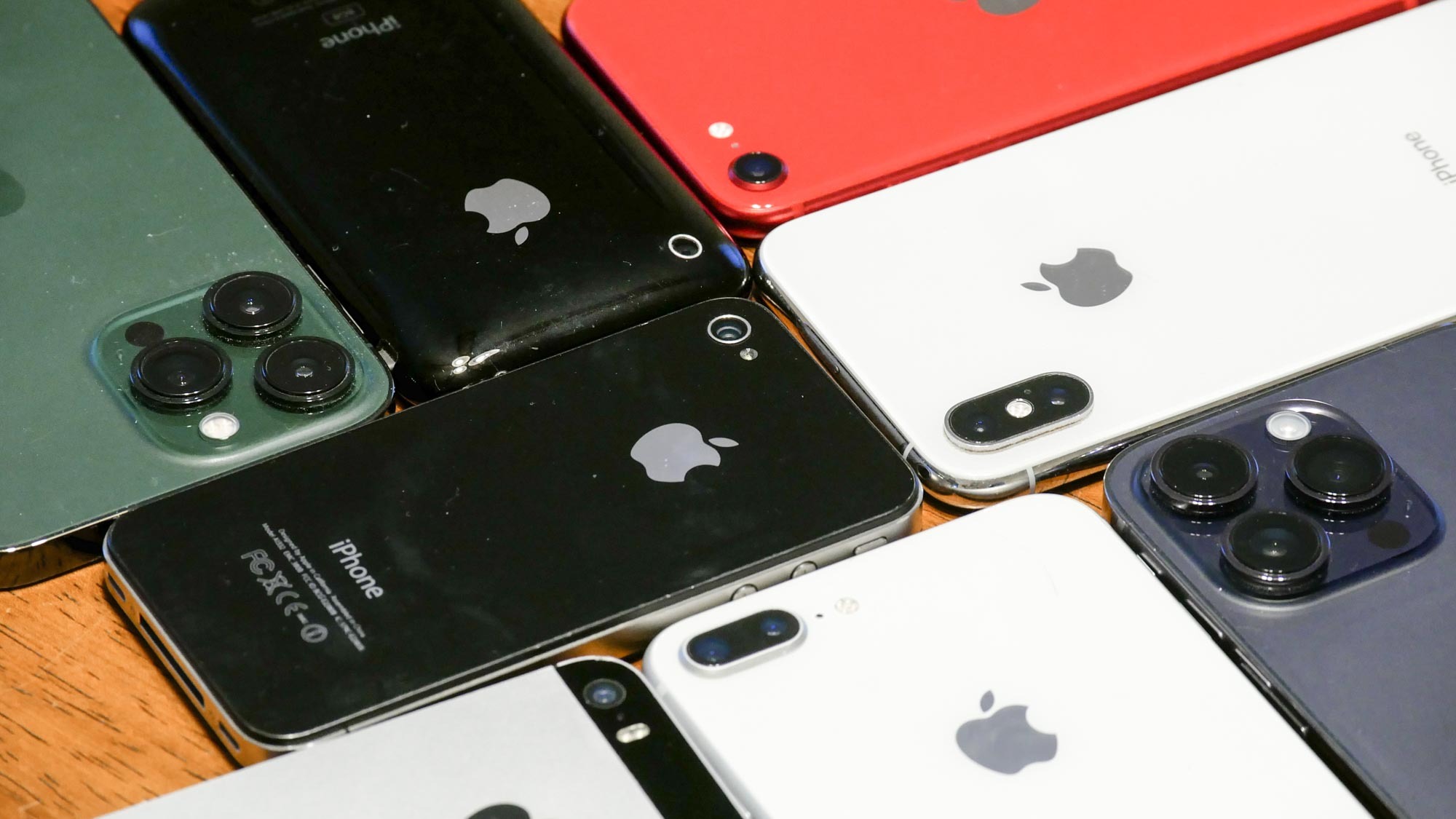What is artificial general intelligence (AGI)? Everything you need to know

It’s no wonder that many of us find the idea of artificial general intelligence (AGI) mildly terrifying. Hollywood script writers have long enjoyed stretching the idea of self-aware computers to their most unsettling extremes.
If you’ve watched the likes of “2001: A Space Odyssey”, the “Terminator” franchise or “Ex Machina”, then you’ve already had a flavor of where AGI could take us — and it rarely ends well.
While you certainly shouldn’t believe everything you see at the movies, the concept of AGI is a hot topic of discussion for computer scientists, theorists and philosophers. Is AGI’s reputation as the harbinger of inevitable apocalypse a fair one? And how long have we got until AGI becomes a genuine concern?
What is artificial general intelligence?

IBM gives one of the more succinct and straightforward definitions of AGI: “Artificial general intelligence is a hypothetical stage in the development of machine learning in which an artificial intelligence system can match or exceed the cognitive abilities of human beings across any task”.
If that sounds a bit like the Turing Test, it’s not dissimilar. But while Alan Turing’s famous game challenges participants to differentiate humans and computers from the text-based responses, true AGI goes beyond wanting to merely mimic human intelligence.
And although generative AI models like ChatGPT and Google Gemini are already smart enough to hold very convincing conversations, they do so by using their ‘training’ to predict what the next best word in the sentence should be.
AGI, on the other hand, seeks deeper, self-directed comprehension. It effectively has its own independent consciousness, that is able to autonomously learn, understand, communicate and form goals without the guiding hand of a human.
Get instant access to breaking news, the hottest reviews, great deals and helpful tips.
To level up from the AI we have now, AGI needs to demonstrate a combination of physical and intellectual traits that we’d normally associate with organic lifeforms.
Intuitive visual and auditory perception, for example, that goes beyond basic identification that tools like Google Lens can already achieve; creativity that isn’t merely an aggregated regurgitation of what has gone before; problem solving that improves upon learned diagnostics to incorporate a form of common sense. Only artificial intelligence that can demonstrate independent reasoning, learning and empathy can be regarded as true AGI.
When will we reach artificial general intelligence?

The word ‘hypothetical’ in IBM’s above definition of AGI may sound disappointing to AI advocates and reassuring to those fearing the rise of our digital overlords. But AGI’s fruition is seen by most commentators as a matter of when rather than if.
Indeed, some researchers think that it has already arrived. A Google engineer (since fired) claimed in 2022 that the company’s LaMDA chatbot understood its own personhood and was indistinguishable from “a 7-year-old, 8-year-old kid that happens to know physics”. And a 2025 study in which OpenAI’s GPT-4.5 is claimed to have passed the Turing Test is seen as further proof. But most experts see this view as having jumped the gun on the basis that these models have only mastered the game of imitation, rather than developed their own general intelligence.
Ray Kurzweil predicts that AGI is just around the corner. The trusted academic, who has a track record for anticipating leaps forward in artificial intelligence, foretold its advent in the 2030s in his 2005 book “The Singularity Is Near”. He subsequently doubled down on this prediction in 2024’s “The Singularity Is Nearer”, stating that artificial intelligence will “reach human levels by around 2029” and will go on to “multiply the human biological machine intelligence of our civilization a billion-fold”.
Kurzweil is more optimistic than most. In 2022, the “Expert Survey on Progress in AI” received responses from 738 machine learning researchers. When asked for a forecast of when there would be a 50% chance of high-level machine intelligence (which shares many of the same traits as AGI), the average prediction was 2059. The emergence in the second half of the 21st century is a timeline shared by many moderate estimators.
For others, however, the notion of computers reaching a human-like level of sentience is the domain only of the science fiction genre — or, at best, way beyond our lifetimes.
Are any of the chatbots that currently exist AGI?

The short answer is no. Regardless of whether they already pass the Turing Test, how good ChatGPT is at helping you through a panic attack, or how smart Anthropic’s Claude is getting, the current crop of AI chatbots still fall short of the recognized requirements for AGI.
But these large language models (LLMs) shouldn’t be written out of AGI’s story entirely. Their popularity and exponential growth in users could be a useful foundation of AGI’s development, according to innovators like OpenAI co-creator Ilya Sutskever. He suggests that LLMs are a path to AGI, likening their predictive nature to a genuine understanding about the world. Co-founder of Google’s DeepMind, Demis Hassabis, is another prominent AI spokesperson who sees these chatbots as a component of AGI development.
Unsurprisingly, there are plenty of dissenting voices, too. Another voice from Google, François Chollet is an AI researcher and co-founder of the global ARC Prize for progress towards AGI. His view is that OpenAI has actually “set back progress to AGI by five to 10 years”, and says that “LLMs essentially sucked the oxygen out of the room — everyone is doing LLMs”. Meta’s Chief AI Scientist, Yann LeCun, agrees that LLMs are a dead end when it comes to advancements in AGI.
More from Tom's Guide
- Grok 3 is free to all X users — here's how to use it
- 7 genius Gemini prompts that will instantly boost your ideas
- I've been using ChatGPT since it launched — this is the one prompt that never fails me
Adam was the Content Director of Subscriptions and Services at Future, meaning that he oversaw many of the articles the publisher produces about antivirus software, VPN, TV streaming, broadband and mobile phone contracts - from buying guides and deals news, to industry interest pieces and reviews. Adam can still be seen dusting his keyboard off to write articles for the likes of TechRadar, T3 and Tom's Guide, having started his career at consumer champions Which?.
You must confirm your public display name before commenting
Please logout and then login again, you will then be prompted to enter your display name.








